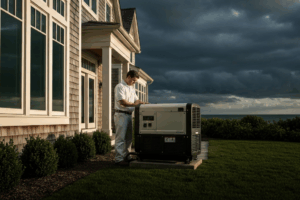What Mistakes Do Electricians Make When Tying Cables?
Introduction
Making cable tying mistakes can lead to serious NFPA 70 (NEC) violations, compromised system longevity, and fire risks. While a fundamental task for electricians, these errors can undermine safety and compliance. This guide details common cable tying errors, their consequences, and professional practices to ensure safe, NEC-compliant installations.
The Most Frequent Errors
1. Over-tightening
Over-tightening cable ties compresses conductors, damaging insulation and risking short circuits or ground faults (NEC 300.4). This common error can cause system failure or fires, violating code requirements for conductor protection.
2. Ignoring Ampacity De-rating
Bundling >3 current-carrying conductors traps heat, requiring ampacity de-rating per NEC 310.15(B)(3)(a). Ignoring the wire ampacity chart (NEC Table 310.16) risks overheating. For example, bundling 10 conductors reduces 14 AWG copper (25A at 60°C) to 12.5A, insufficient for a 20A circuit, violating NEC 210.19.
3. Using the Wrong Fastener
Using non-UV-resistant zip ties outdoors leads to brittleness and failure (NEC 300.5). Similarly, zip ties on data cables can cause signal degradation due to excessive pressure (NEC 800.24). For instance, overtightening Cat6 cables in a commercial office risks network issues.
Preventing Cable Tying Errors for NEC Compliance
Adopting NEC-compliant cable tying practices prevents hazards and ensures safe, compliant installations. Follow these strategies to meet NFPA 70 and NFPA 70E standards.
Professional Best Practices and Safety Protocols
Finger Rule: Ensure a finger fits under cable ties to avoid over-tightening (NEC 300.4). Use flush-cut tools to prevent sharp edges that could damage insulation or injure workers.
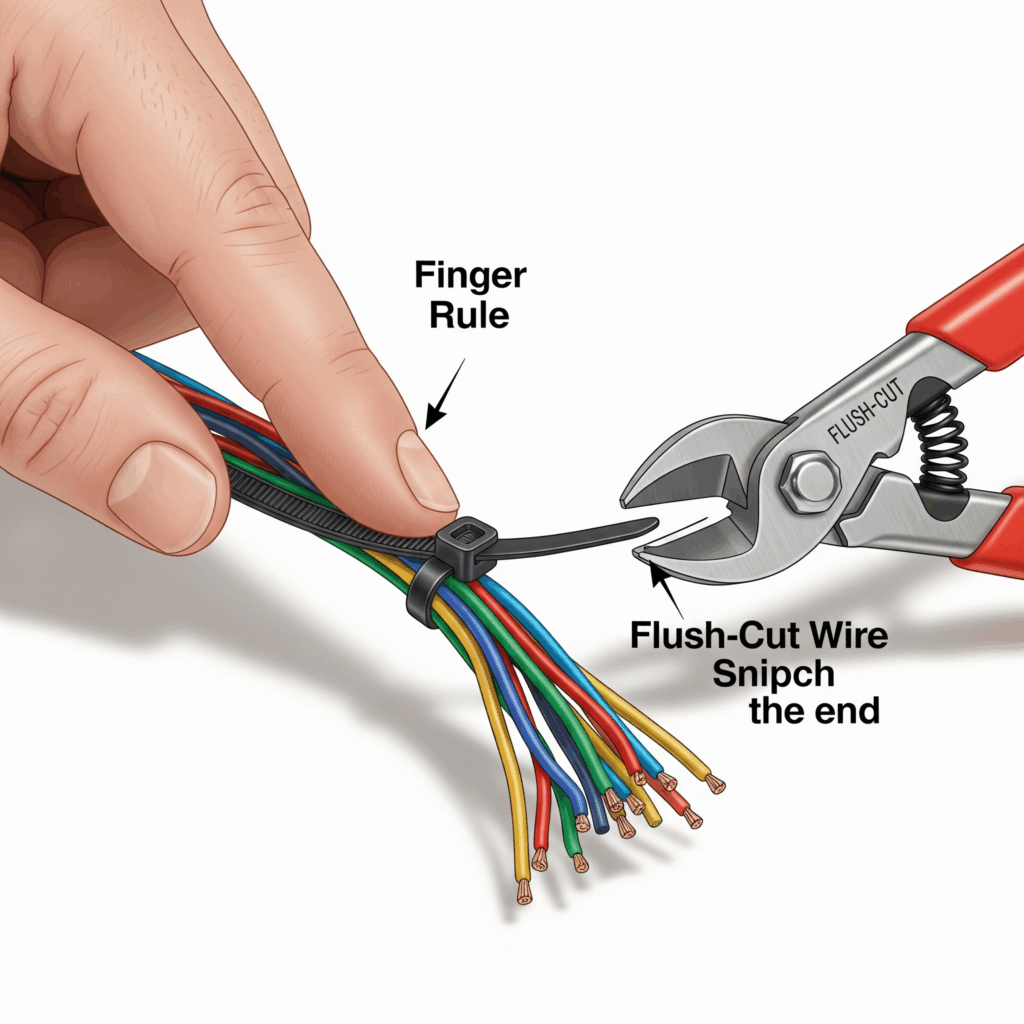
Right Fastener: Use UV-resistant ties outdoors (NEC 300.5) and hook-and-loop fasteners for data cables (NEC 800.24). For NM cables (e.g., Romex), secure with staples every 4.5 feet (NEC 334.30) to prevent strain.
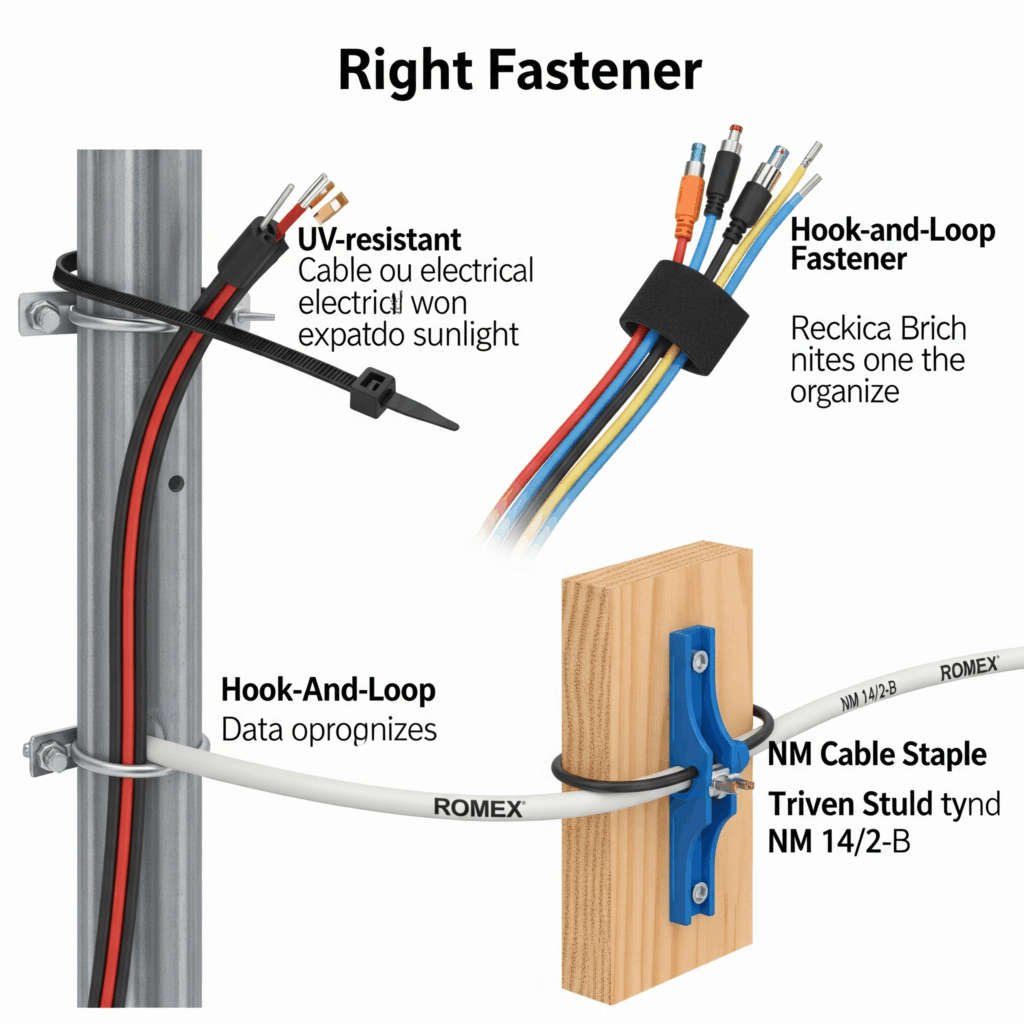
NEC Compliance: Consult NEC 310.15(B)(3)(a) for de-rating and 300.11 for securing/supporting. Maintain minimum bend radii (e.g., 5x cable diameter for NM cables, NEC 300.34) to protect conductors.
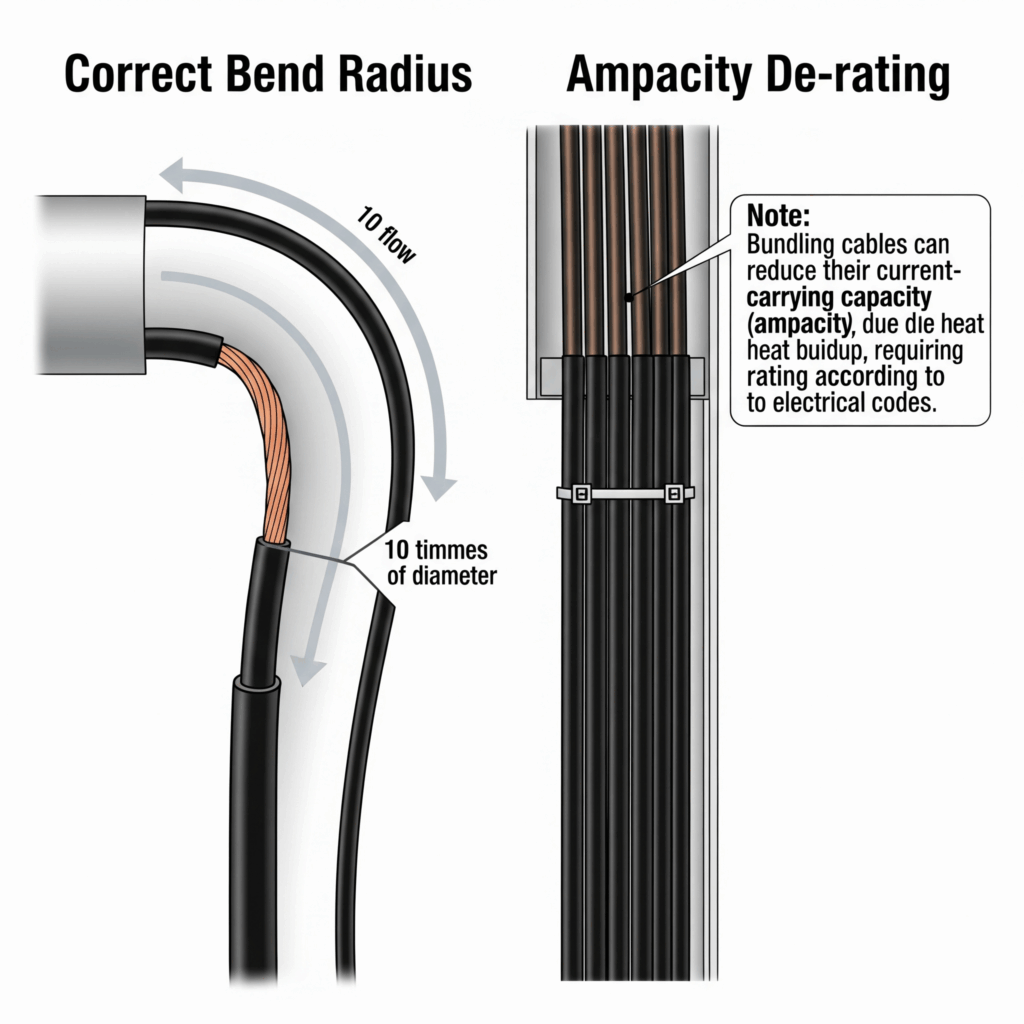
De-energize: Verify circuits are off with voltage testers; use lock-out/tag-out (LOTO) (NFPA 70E 120.2, 120.5). Example: De-energize a residential panel before bundling cables to safely access receptacles.
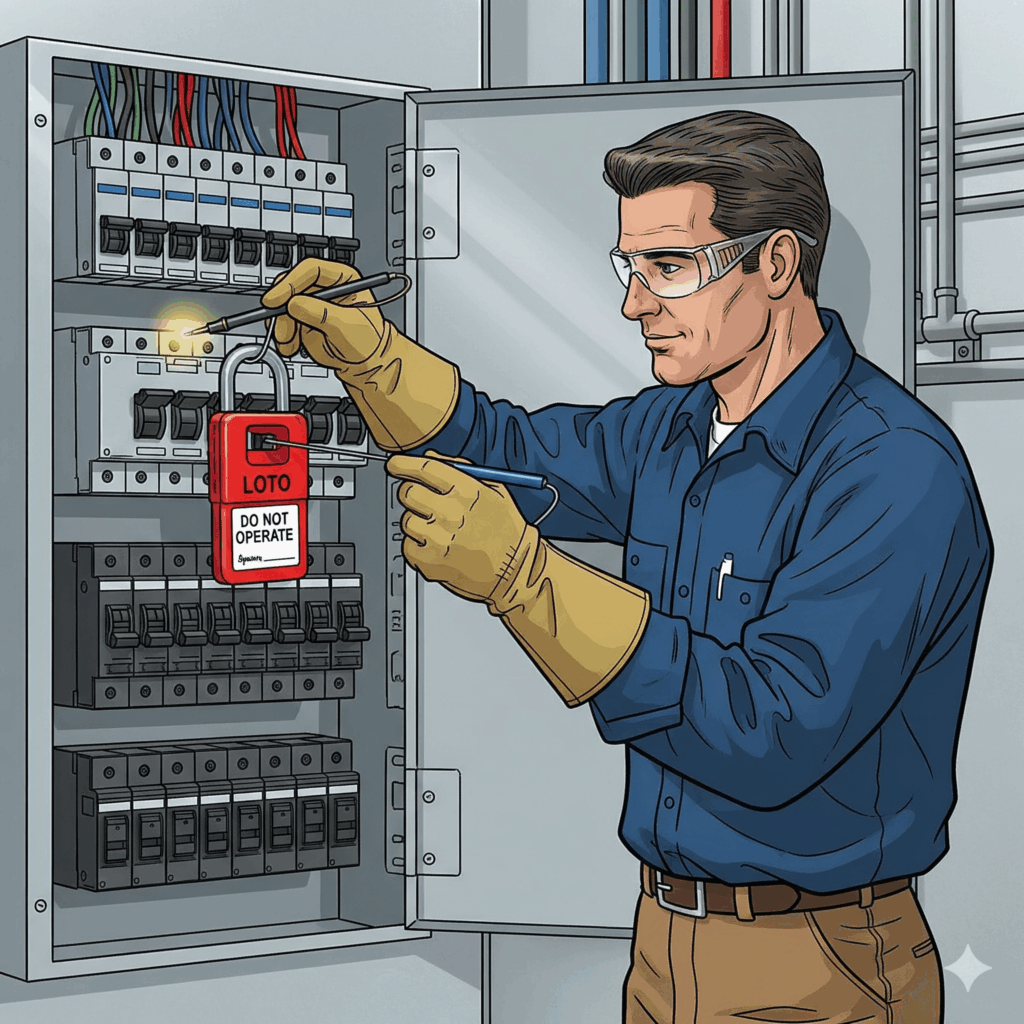
PPE: Wear insulated gloves and safety glasses when handling cables near live systems (NFPA 70E 130.7).
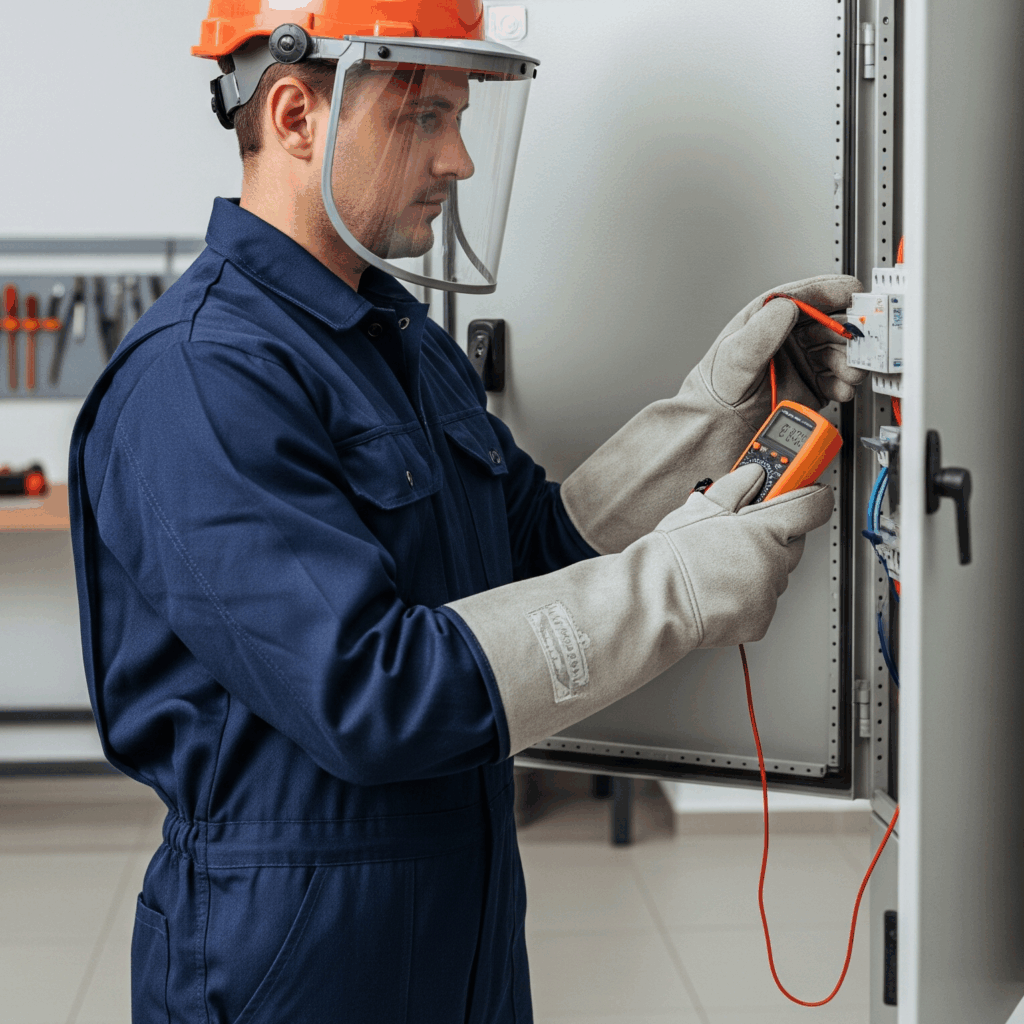
Example: In a commercial retrofit, an electrician bundling MC cables in a conduit must de-rate ampacity for 8 conductors (70% per NEC 310.15(B)(3)(a)), use J-hooks to maintain bend radius, and ensure junction boxes remain accessible (NEC 314.29).
Conclusion
Correct cable tying is a hallmark of professional skill, ensuring NFPA 70 compliance and safety. By avoiding over-tightening, applying ampacity de-rating, and using proper fasteners, electricians create reliable, maintainable installations that protect users and equipment.
Take the next step in your professional growth! Visit Expert CE (https://expertce.com/) for all your continuing education needs.
Continuing Education by State
Select your state to view board-approved continuing education courses and requirements:
Disclaimer: The information provided in this educational content has been prepared with care to reflect current regulatory requirements for continuing education. However, licensing rules and regulations can vary by state and are subject to change. While we strive for accuracy, ExpertCE cannot guarantee that all details are complete or up to date at the time of reading. For the most current and authoritative information, always refer directly to your state’s official licensing board or regulatory agency.

